Correcting Vitamin Imbalances From Long Periods of Over-Supplementing Specific Micronutrients
A, D, E, K, copper/zinc, B complex, selenium/iodine, calcium/magnesium. Also: sunlight, plankton, and your ever-changing, easy-swap microbiome.
Answered a bunch of questions in the livestream Q&A this week, including on long haul shortness of breath, gut issues, methylene blue, how to deal with reactivated viruses, HBOT and muscle cramps. It airs every Wednesday at noon EST (unless I’m traveling) and the recording can also be found on Twitter, YouTube and Rumble (though the entire stream doesn’t always make it through on Rumble).
The first question was on vitamin imbalances, and it deserves a deeper dive than what I was able to do during the stream:
“Doctor Haider mentioned that after us all being on C,D, Zinc, Quercetin, etc....that we are all probably needing A,E and the B vitamins as well. Do we need to just switch to a good multi vitamin or add in the A,E and B's?”
The reason this question came up is because I’ve said that many people took high doses of Vitamin D and zinc for months to years during the pandemic scare, which may have left them deficient in A, E, K and copper.
So there are 4 fat-soluble vitamins: A, D, E and K (which has important subtypes: K1, crucial for clotting, and K2, necessary for proper calcium metabolism and bone mineralization. K2 is Dr Weston Price’s “X-Factor” that he identified as being absent in industrial diets that led to improper tooth and jaw development).
It’s generally thought that humans don’t convert K1 from plants into K2, which primarily comes from animal sources like butter. This may or may not be true, but it’s safest to just eat butter, especially grass-fed butter, and for a high-heat cooking oil, you can easily separate the oil from the small amount of solids present to make clarified butter at home.
The important point in terms of vitamin imbalances is that if you make a point of over-consuming particular fat-soluble vitamins, it may block the absorption of the others, so that over time you may develop a deficiency in the ones you are not supplementing. And the same may happen between zinc and copper.
Chris Masterjohn, who first identified K2, has some interesting articles discussing why he believes Vitamin A balances out high doses of Vitamin D to prevent D toxicity.
I added vitamin K2 to my bestseller IMMUNITY [Vitamins] because of a similar concern. The IMMUNITY [vitamins] was a riff on the popular pandemic supplement stack touted by the late Dr. Zev Zelenko who recommended Vitamins C, D, Zinc and Quercetin. The C and D were immune boosting antivirals, and the Quercetin was a “zinc ionophore” that increased the transfer of zinc into cells where it also had a powerful antiviral effect.
The problem I saw was that the quercetin was poorly absorbed without the addition of bromelain, and vitamin D would increase the uptake of calcium which requires K2 to tell it where to go in the body (bones and teeth). Like Masterjohn I thought it likely that most people living in modern industrialized countries were very deficient in K2.
Even if it turns out the body can convert K1 from plants to K2, most people don’t even get a lot of K1 from plants. As for K2 from animal products like butter, many people don’t eat enough butter to begin with, let alone the high quality grass fed butter that’s rich in K2.
So I added bromelain and K2 because there was just enough room in the formulation to accommodate them and I considered those the two most important additions I could make.
Thank you for reading Dr. Syed Haider. This post is public so feel free to share it.
I would have liked to have added vitamins A, E, and copper as well as magnesium (most diets seem to be deficient in this as well which is necessary for hundreds of chemical reactions), but we had already reached the tipping point on price. I wanted to keep it affordable and around the same price as competitors who had not even added the Vitamin K2 and Bromelain. I also saw it as a short term immune booster rather than a long term daily multivitamin type product. I also thought most people were deficient in C and D, and I don’t remember if I was initially even aware of the zinc/copper issue (doctors famously get only a few hours of nutrition training in med school after all, though even that is probably worse than none, given the quality of mainstream nutrition advice). Regardless, I wouldn’t have thought it was a problem for a short term supplement.
Fast forward a couple years and I hear that some people have been taking these supplements every day just in case.
Now without evaluating each person individually I can’t say if that’s a good thing or not. It all depends on the specifics of their body and situation, but what I can say is that generally speaking it is optimal to get micronutrients from food, and it may be more important than we could even realize given our modern pseudoscientific assumptions, experimental blinders and overall myopia.
If we think of everything in terms of information, the body is a super supercomputer (each and every cell is a supercomputer) that processes information from the external and internal environment at all times. That information comes in many forms: light, sound, thought, emotion, food, water, air, temperature, humidity, etc. We process massive amounts of information every minute that we are not even aware of.
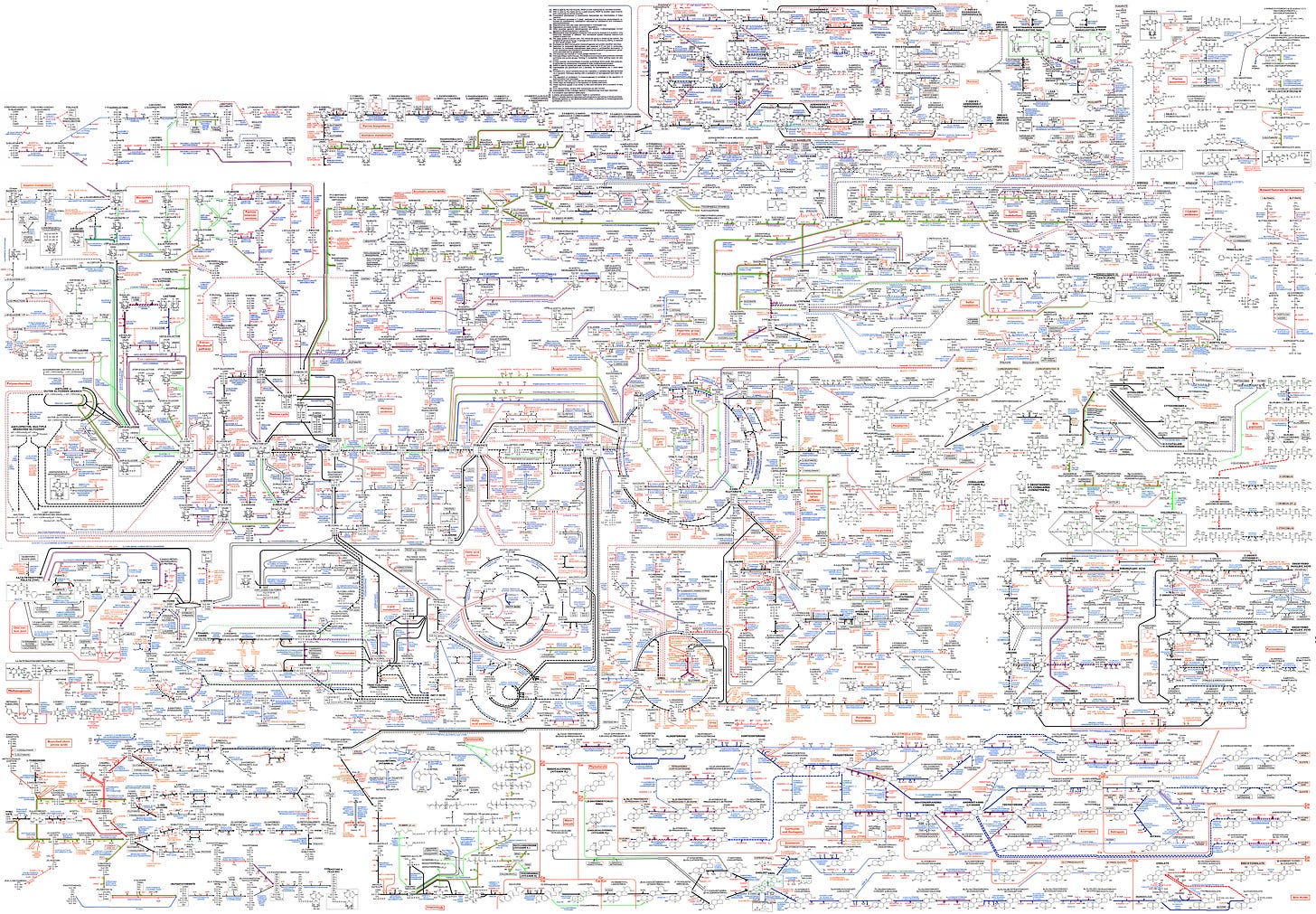
To make this all happen internal cellular processes occur at astonishing speeds: mitochondrial motors rotate faster than jet engines, molecules of glucose move at 250 miles per hour inside of cells, and a typical protein molecule will “tumble” around a cell at 60 million RPM). Visualizations like the one below have to remove 99.99% of what would be present to let you see the 0.01% they are focusing on, and slow things down 1,000 to a million times or more, so you can make sense of anything. For example the still image before you play the video shows a kinesin motor protein that looks like a pair of feet dragging a giant vesicle down a microtubule pathway. In the video it’s lumbering along, but in reality it’s high stepping it 100 times a second.
Our mitochondria, which are the energy power houses of our cells, vary their energy production processes based on the quality of the sunlight and the temperature, which signifies what time of year it is, so that the optimal food for you at any time is what is growing locally. If you’re in a cold place where fruit doesn’t grow in the winter, it would be optimal for your metabolism and health to avoid eating fruit carted in from the tropics. Eating locally and seasonally will provide your body with the food information it has prepared itself to receive based on local environmental conditions.
The food encodes complex information within a living matrix.
Nutrients and bioactive compounds in food act as signals, influencing metabolism, growth, and gene expression. Hormonal responses, gut microbiome interactions, and phytochemicals play key roles in this communication. Dietary patterns and environmental factors, like seasonal variations, affect metabolic processes and health. Poor dietary signals can lead to chronic diseases.
So refining out isolated units like vitamin D from fish oil that was extracted from fish meat and organs could have unexpected effects on our physiology.
Vitamin D naturally comes from whole foods like fatty fish or our own body makes it using dietary cholesterol and external sunlight. The vitamin D in the ocean originates in plankton that also make it from cholesterol and sunlight, and form the base of a food chain that concentrates D. So vitamin D is a distilled form of the energy of the sun. That energy taken out of context may be harmful. When vitamin D is made in our skin from sunlight, we also receive many other beneficial effects from that sunlight, which alter our physiology. Various wavelengths of light change the characteristics of our blood and mitochondria, and sunlight (especially in the morning, but also throughout the day) helps set our circadian rhythms. The important effects of the sun aside from the creation of vitamin D are encoded in the fish, just as they are in us. If we consume the entire fish we benefit from all the other information, and it affects our physiology in a comprehensive way. If we refine out the vitamin D and take it in the absence of all the other information that usually comes with it, there are bound to be imbalances created.
So the best way to get vitamin D is probably from sunlight, unless you’re in an environment where that’s impossible like up north in the winter, when UVB doesn’t make it through the atmosphere, in which case you should probably: a. get plenty of sun in the summer so you have adequate D stores to tide you over, and b. eat fatty fish through the winter to top up along the way.
Same goes for all the vitamins and mineral. Get them from food or natural sources whenever possible and leave supplements for last minute emergency situations.
Vitamin A is found in beef liver, which also has high amounts of many B vitamins. Vitamin E can be found in nuts, salad greens, avocados, and asparagus. As mentioned earlier K1 is present in greens and K2 in grass fed butter (also very high in emu oil). Copper and zinc can be found in shellfish, organ meats and beans.
Eating “nose to tail” is one way to get everything the body needs because an animal like a cow (or even a fish, which is why tiny sardines with the head on are so great) basically has everything the human body needs, and any specific nutrients that are especially necessary for a particular organ will be found concentrated in that organ, so whatever your brain needs will also be found in an animal brain, same for the heart, liver, kidneys, etc. You can also find powder supplements forms of all these, but the real food is always preferable.
Thank you for reading Dr. Syed Haider. This post is public so feel free to share it.
As an overview here are some of the vitamin imbalances we’ve already discussed along with other common ones to watch out for:
Vitamin D and Vitamin K2
Vitamin D: High doses of vitamin D can increase calcium absorption.
Vitamin K2: Insufficient vitamin K2 can lead to improper calcium metabolism, causing calcium to deposit in soft tissues instead of bones, potentially leading to vascular calcification.
Vitamin A and Vitamin D
Vitamin A: Excessive vitamin A can interfere with the action of vitamin D.
Vitamin D: An imbalance between vitamin A and D can affect bone health, as these vitamins work synergistically to regulate calcium levels.
Zinc and Copper
Zinc: High doses of zinc can interfere with copper absorption.
Copper: Deficiency in copper can lead to issues such as anemia, weakened immune function, and cardiovascular problems.
Vitamin E and Vitamin K1
Vitamin E: High doses of vitamin E can interfere with vitamin K function, affecting blood clotting.
Vitamin K1: Deficiency can lead to bleeding disorders due to impaired clotting.
Calcium and Magnesium
Calcium: Excessive calcium intake can lead to magnesium deficiency.
Magnesium: Adequate magnesium is needed for proper calcium metabolism. Imbalance can affect muscle function and cardiovascular health.
Iron and Zinc
Iron: High iron levels can interfere with zinc absorption.
Zinc: Zinc deficiency can impair immune function and wound healing.
B Complex
Many B vitamins use similar pathways and transport mechanisms for absorption in the intestines. Excessive amounts of one vitamin can saturate these pathways, reducing the absorption of others. For example high doses of folic acid (vitamin B9) can compete with vitamin B12 for absorption, at the same time folate can potentially mask the vitamin B12 deficiency by correcting B12 deficiency induced megaloblastic anemia without addressing neurological damage that can also be caused by B12 deficiency.
B vitamins often act as co-factors for the same enzymes in metabolic reactions involved in energy production, DNA synthesis, and neurotransmitter function. An imbalance in one vitamin can disrupt the optimal functioning of these enzymes, affecting the levels of other B vitamins. For example excessive vitamin B6 (pyridoxine) can saturate certain metabolic pathways leading to increased functioning of enzymes that also require vitamin B2 (riboflavin) and vitamin B3 (niacin), leading to available stores of vitamins B2 and B3 being used up, leading to their deficiency in other necessary reactions. A similar imbalance can occur when over supplementing vitamins B3 or B2.
Omega-3 and Omega-6 Fatty Acids
Omega-3: Excessively high intake of omega-3 fatty acids can reduce the body’s ability to use omega-6 fatty acids properly due to their competition for the same enzymes.
Selenium and Iodine
Selenium: High selenium levels can negatively affect thyroid function if iodine is deficient.
At mygotodoc.com we run Chris Masterjohn’s comprehensive functional vitamin panels occasionally for interested patients, but it seems to me that the complexity involved inside the body, along with the inherent inaccuracy of nutritional testing, combine to create a very difficult time for those trying to interpret patient test results and provide actionable insights.
Masterjohn’s protocols are publicly available for anyone to interpret their own tests and anyone who has reviewed them will notice that there are a lot of ifs, ands and buts sprinkled throughout. Long story short: you won't usually find any definitive answers there. And what definitive answers you may think you have found could turn out to be wrong. We might misunderstand what the bodies getting at by itself creating and perpetuating a particular “deficiency” or “excess” in our best interest given the impossibly toxic situation it’s in.
With a deep wholistic approach it’s rare to need much if any testing because the signs pointing you in the direction you need to go are more obvious at the macroscopic than the microscopic scale.
No one reads those signs like my colleague Hakim Shabaz Ahmed and in his vast clinical experience with patients it’s become clear that the best way to uncover your own optimal dietary needs is to first get yourself really healthy and then you will notice very clearly how various foods make you feel and which ones your body is asking for at a particular time in your life (it can vary based not only on you, but on what you’re doing and going through at a particular time). Both stages: the getting really healthy part and then the optimizing foods part go a lot faster with an expert guide.
One final note: Hakim Shabaz suspects the body and microbiome may be even more flexible than anyone suspects, capable of not only interconverting similar nutrients like K1 to K2, but also very dissimilar micronutrients and minerals. There is some interesting buried research from the late 19th century that seems to back this up (we’re working on an article on this topic).
We do know that the right bacteria can create perhaps anything we might want or need, which highlights the importance of avoiding the indiscriminate use of broad spectrum antibiotics which have destroyed the microbial diversity of many modern peoples. Maybe we should all visit some jungle tribes once in awhile to gather what they're still carrying with them. Of course every environment has its own unique challenges that intact microbiomes will be perfectly attuned to. We may just need to meticulously avoid antibiotics long enough and optimize our personal habits (food, sun, sleep, EMF exposures, comprehensive detoxification, etc), to allow the beneficial microbes in our environment to recolonize us. If anyone still has them it’s most likely to be those who are still particularly healthy and impervious to modern diseases. It might be a good idea to make friends with as many of those people as you can so whatever beneficial microbes they have can rub off on you too.
This idea might sound silly and you might think you need a stool transplant, but the research shows microbial transfers actually happen all the time and our microbiome is incredibly responsive and can change rapidly:
(F)armers have a different microbiome than city workers58…the oral microbiota of sailors is significantly altered by their occupational activities, so that after 120 days at sea, they show a five-fold reduction in alpha diversity and an increase (in) Streptococcus59... Finally, couples who physically interact have a more similar microbiota than people who share the same living quarters but do not physically interact14, indicating that physical interaction influence microbial sharing and hence microbiome similarity, highlighting the effects of social interaction on the microbiome.
(Gilbert 2020)

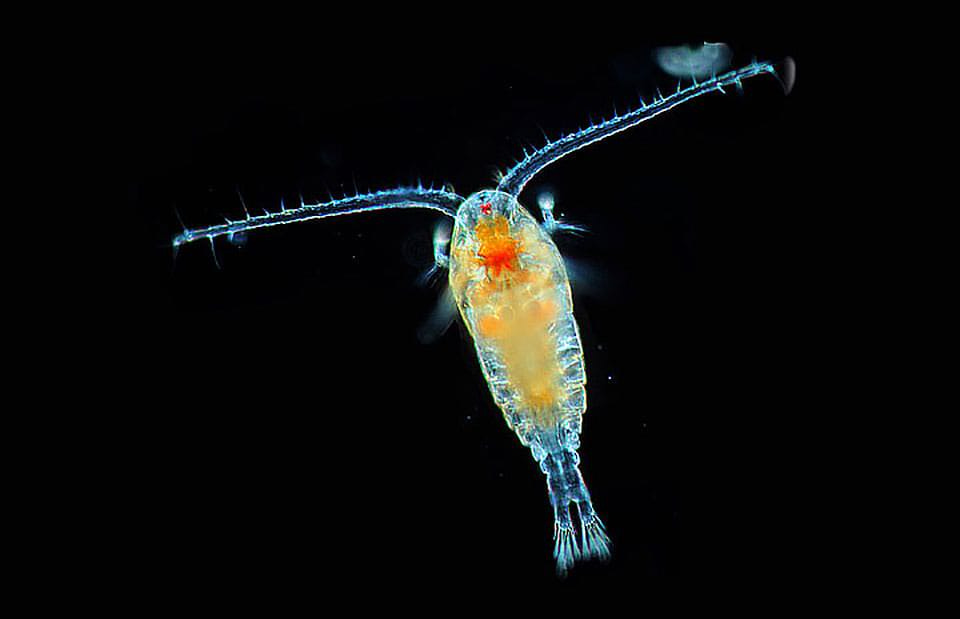
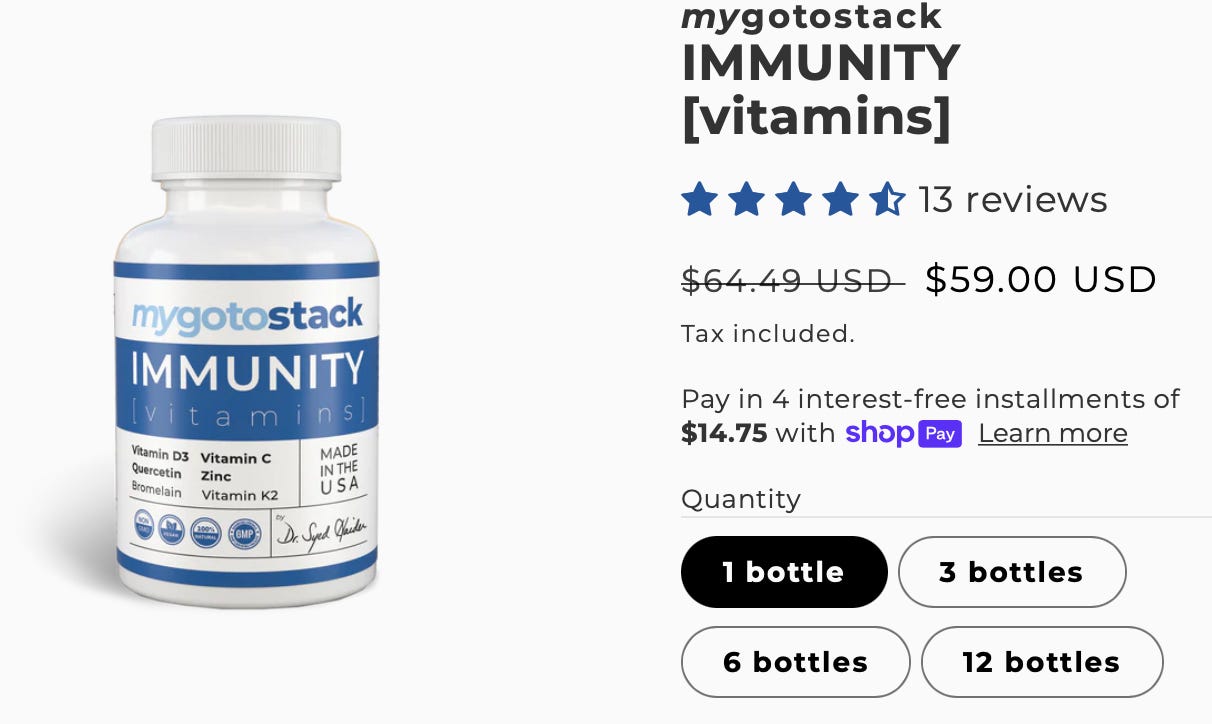
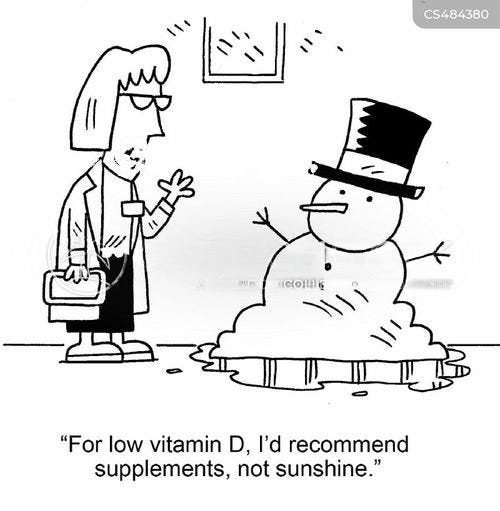

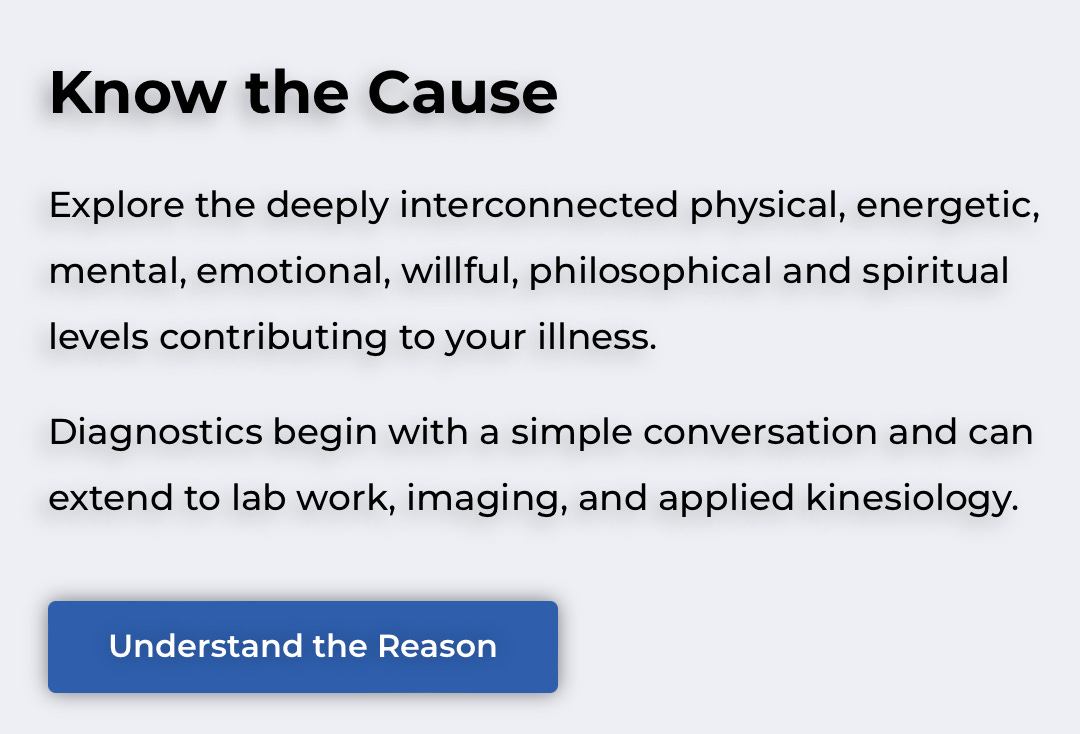

No comments:
Post a Comment